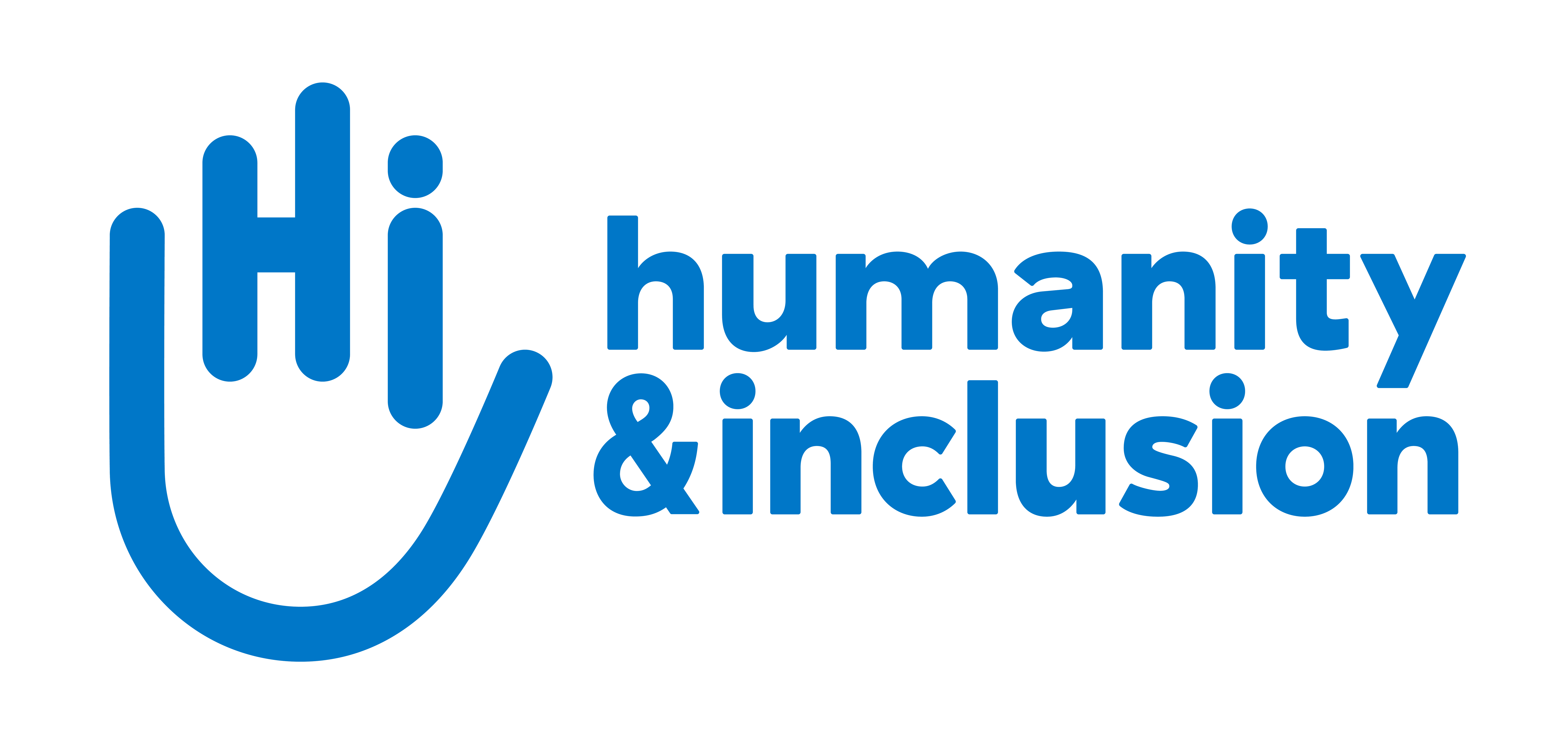Three years after the earthquake: HI continues to assist victims
More than 8,000 people were killed and 22,000 injured when an earthquake hit Nepal three years ago. Already present in the field, HI launched an immediate response in aid of those affected, providing assistance to more than 15,000 people.

© Prasiit Sthapit/HI
Emergency response
More than 8,000 people lost their lives and 22,000 others were injured when an earthquake hit Nepal on 25 April 2015. Ramesh, 20, was one of them:
“I was working in a small hotel when the building fell on top of me. I was pinned under the rubble for at least an hour, conscious and in pain. Afterward, I needed to have an amputation. I wanted to do something good with my life. After the accident, I felt like my life was over.”
HI has provided support to thousands of people who, like Ramesh, have been affected by the earthquake. It has run more than 34,000 rehabilitation and psychological support sessions for more than 15,000 people and supplied 6,300 prostheses, orthoses, etc. to people with injuries. HI has also distributed more than 4,300 kits containing tents, cooking kits, hygiene kits, blankets, etc., to more than 2,200 families. The organisation has organised the storage and transport of more than 5,400 tonnes of humanitarian equipment in remote villages. More than 1,500 earthquake-affected households have been given financial support to get them back to work through goat breeding, setting up small stores, etc. In addition, in winter 2015, the organisation handed out warm clothes, blankets, etc., to more than 9,000 people made vulnerable by the earthquake.
Lastly, the organisation also enabled the most vulnerable people to access humanitarian services, such as education, healthcare, etc., offered by other organisations, and organised awareness-raising for more than 3,000 people to ensure the most vulnerable people are taken account in natural disaster risk management.
HI currently has a team of 70 people in Nepal. The organisation supports five rehabilitation centres in the country, helps earthquake casualties earn a living again, and makes sure children with disabilities have access to school. HI also assists victims of the floods of August 2017 by helping restore their livelihoods





